A Pit Viper, sometimes spelled “pitviper,” is any number of different species in the subfamily Crotalinae. Researchers recognize them as one of the several groups which make up the Viperidae family.
Scientists acknowledge at least 151 different species. Their name comes from the heat sensing pits on their heads. Read on to learn about the Pit Viper.
Description of the Pit Viper
These venomous reptiles come in a wide variety of shapes and sizes. Many have cryptic, or camouflage, coloration and patterns. Their scales come in tan, black, brown, copper, grey, and more. Unlike the rest of the Viperidae family, these reptiles have unique pits on their heads.
Some smaller species reach just a foot long as adults. However, the largest individuals of the largest species reach around 12 ft. long or more! Some species weigh upwards of 20 or 30 lbs.
Interesting Facts About the Pit Viper
With such a 151 different species, these snakes have an immense variety of traits and adaptations to help them survive. Learn more about some of the individual species of Pit Vipers below.
- Fer-de-Lance – Like all vipers, the Fer-de-Lance is venomous. This species lives primarily in Central and South America. People also refer to this species as the “common lancehead.” People frequently encounter this species because it hunts for rats and mice in farms and pastures.
- Temple Viper – This reptile is one of the more brightly colored of the various species. It has yellow scales with black bands. Though they live throughout various regions in Indonesia and the surrounding islands, their name comes from their preference for the Malaysian Temple of the Azure Cloud.
- Montane Pit Viper – Researchers recognize five different species of montane pitvipers. They are so named for their preference of mountainous habitats. You can find these reptiles throughout Central America.
Habitat of the Pit Viper
Different species in this subfamily prefer different types of habitats. They range throughout many different types of ecosystems, from arid deserts to humid rainforests. Some species also live in mountainous regions.
Some of the different types of habitats that these snakes utilize include woodlands, forests, rainforests, scrub, desert, and more. Numerous species also range into agricultural regions, like farms, pastures, plantations, and more.
Distribution of the Pit Viper
Different species live in different regions. Some live across wide ranges while others occupy just a small area. The majority of species live in North, Central, and South America. The rest of the various species live throughout Eurasia.
Diet of the Pit Viper
All of the various species are carnivorous, and eat other animals. Their diet primarily changes based on how large the snake is and where the snake lives. Larger individuals can feed on larger prey, while smaller species must eat smaller foodstuffs.
Some of the different types of prey that the many species hunt include rats, mice, birds, rabbits, lizards, frogs, snakes, bats, and more.
Pit Viper and Human Interaction
Humans interact with different species in different ways. Even those species that come in contact with humans frequently tend to avoid conflict unless they become trapped. Because they are venomous, they do pose a risk to humans.
Sadly, human activity poses a much greater risk to these snakes than they do us. Habitat destruction is one of the most common reasons for population decline. They also suffer due to purposeful hunting and loss of prey species from pollution.
Domestication
Humans have not domesticated these snakes in any way.
Does the Pit Viper Make a Good Pet
No, all of the various species are venomous. This makes them dangerous to humans, and you should not own one as a pet.
Pit Viper Care
In zoos, anyone handling these snakes receives special training for their care. Zookeepers use tongs to feed the snakes rats, mice, and chicks without coming into striking distance.
Their enclosures reflect their natural habitat. For example, those that live in tropical regions need higher humidity, while those in arid regions need lower humidity.
Behavior of the Pit Viper
Each species has its own unique behavior and preferences. Some are diurnal and active during the day, basking in the sun or waiting for prey to wander too close. Others prefer nocturnal hunting, and spend their nights hunting and their days resting. Most species live solitary lives outside of breeding season.
Reproduction of the Pit Viper
As with behavior, reproductive rates vary based on the species at hand. Most vipers are ovoviviparous, which means that they let their eggs develop and hatch inside their bodies, and give “live” birth.
The number of young snakes in a litter varies based on the species and the size of the mother. Once the young are born, they receive no further parental care.


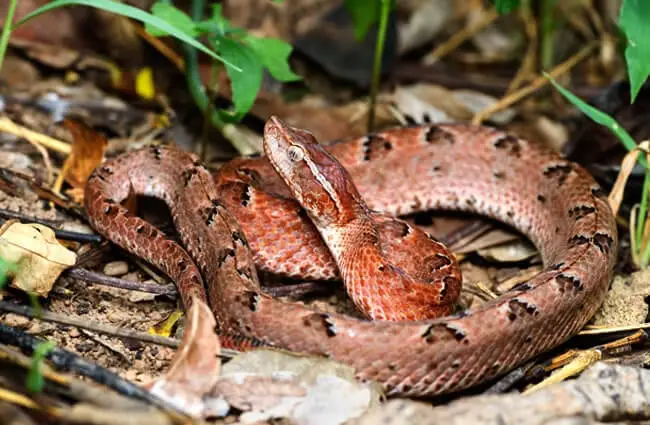
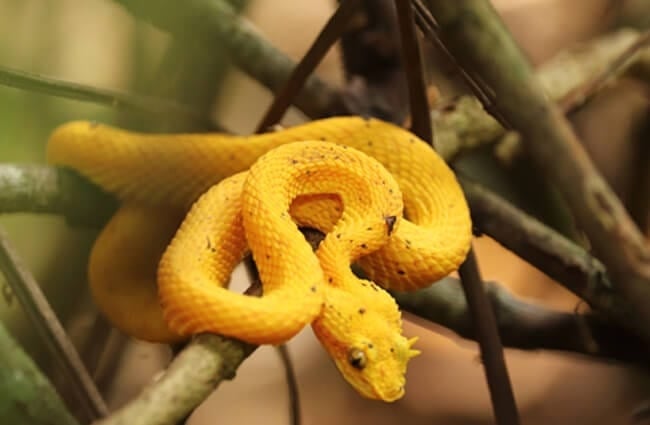
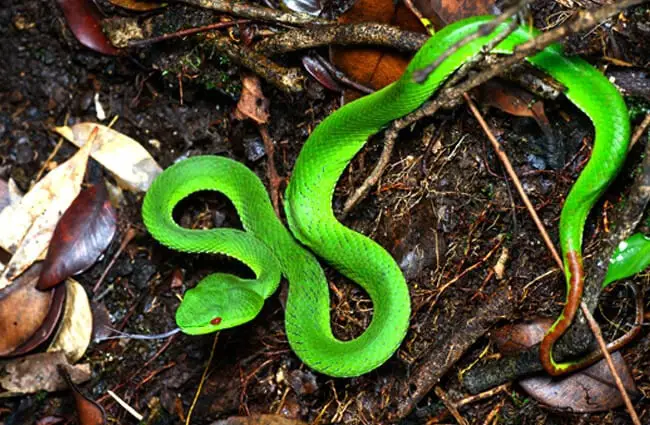

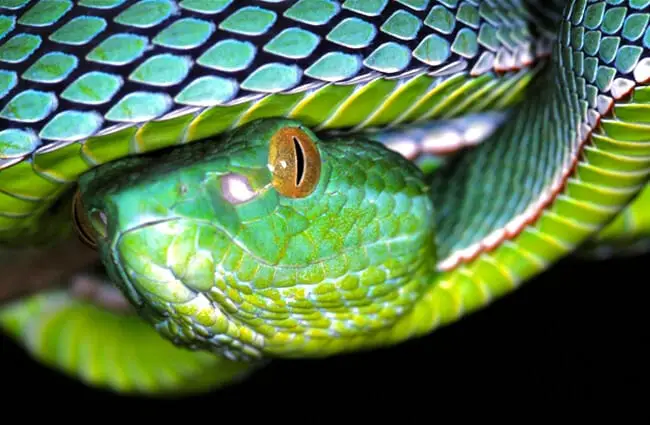
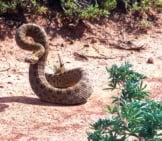
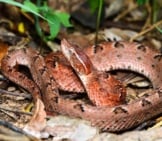
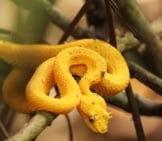
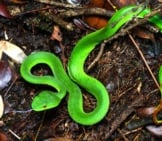

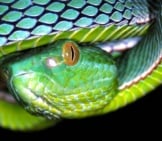
![Red Angus Closeup of a beautiful Red Angus cowPhoto by: U.S. Department of Agriculture [pubic domain]https://creativecommons.org/licenses/by/2.0/](https://animals.net/wp-content/uploads/2020/03/Red-Angus-4-238x178.jpg)












![Red Angus Closeup of a beautiful Red Angus cowPhoto by: U.S. Department of Agriculture [pubic domain]https://creativecommons.org/licenses/by/2.0/](https://animals.net/wp-content/uploads/2020/03/Red-Angus-4-100x75.jpg)

